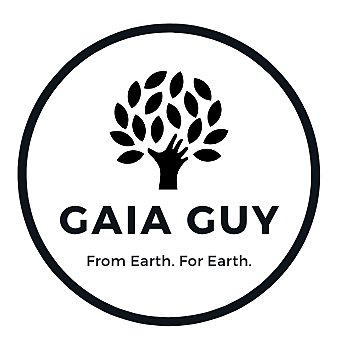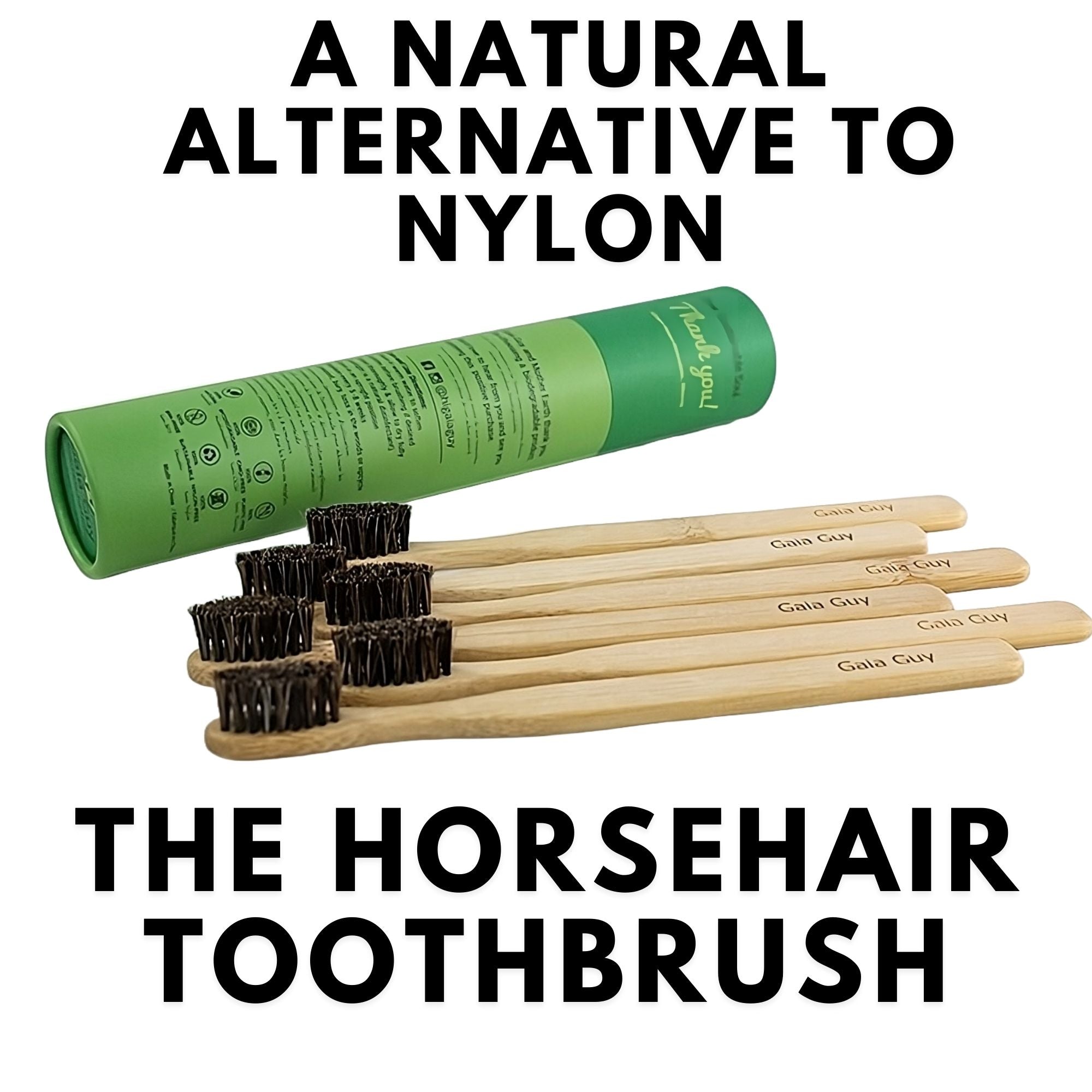The History of the Toothbrush is a screenplay I don't have in my mind, but if I did, it would be called "A Brush With History." It is actually quite interesting, and who doesn't love a story that comes full circle with a twist? Here's a toothbrush history infographic if you just want a quick brush around.
When did we start using toothbrushes? One would venture a guess that probably since humans started using tools. Surely, some hairy distant relative had the bright idea to take a stick and brush it against their teeth.
Clearly, getting food stuck in your teeth and wanting that fresh-from-the-dentist-feeling isn’t a modern invention. Well, the fresh-from-the-dentist is, but you get the point. Even Neanderthals wanted to some degree have shiny pearly whites after snacking on bugs, beasts, and berries.
There is evidence of oral hygiene using chewsticks that dates back to 3500 BC in Babylonia. Further proof was found in an Egyptian tomb from 3000 BC. Sticks with one frayed end and a pointy end made a crude yet effective toothpick and toothbrush.
Looking at Chinese records, we see that these “toothbrushes,” or more accurately, chewsticks, were used from 1600 BC. Of course, we can’t forget the clever Greeks and Romans, who used toothpicks to clean their teeth. People all over the world and even of different faiths had a desire to clean their teeth. In the Islamic world, the use of a chewing stick called Miswak was used before every prayer.

Not much happened until 1223, when Japanese Zen master Dōgen Kigen reported that he saw monks in China clean their teeth with brushes made of horse-tail hairs attached to an ox-bone handle. One monk must have said to another, “What do you get when you cross a pig and bamboo? Let me show you my friend.” Yes, leave it to Chinese ingenuity to take hog hair during the Tang Dynasty (619–907) and come up with the first bristle toothbrush.
Yeah, I’ll believe that when pigs fly into my mouth and it feels cleaner after. Actually, it does seem to be true. You can even buy these biodegradable toothbrushes today, though we haven’t sourced them. Many of our vegan and Muslim customers are happy to hear that!
In ancient days and even now, there doesn’t seem to be a better source for hog hair than cold-climate pigs living in Siberia and northern China. Cold weather makes for stiffer bristles, don’t you know?
However, with the surge in pastured pigs and heritage breeds being bred in Europe, the USA, and Canada, it’s only a matter of time before we have hog hair sources from all over. Come on, there must be some enterprising permaculture practitioner who wants to figure out how to divert this valuable “waste” stream. Much like your Gaia Guy toothbrush, these bristles were attached to a bamboo handle (in some cases bone—but we haven’t got those on the site).
Huzzah! The bristle toothbrush makes its way back from China in the mouths of European travelers. Much like how gap-year youths and other vagabonds return from travel with broadened horizons and Thai fisherman pants.
However, those softies in Europe during the 17th century preferred horsehair. It seems the Chinese hog bristles were too firm, but horsehair was just right.
Just another overnight success! The mass-produced toothbrushes continued to be imported to England from China until… well, one could argue until today. It took mere centuries, but hey, an idea whose time has come takes off in popularity like pigs in a blanket at a picnic.
Jailbird William Addis of England is credited with coming up with a huge improvement on the old rag-with-soot-and-salt teeth-cleaning method he was forced to use while doing a stint during the 1770s.
However, William devised a toothbrush out of a bit of bone and some bristles. After getting out, he started mass-producing toothbrushes in 1780, and they were a huge hit. Timing is everything, of course, and with the newly introduced refined sugar, the toothbrush was rather handy. The company now known as Wisdom Toothbrushes turns out 70 million toothbrushes per year in the UK.
By 1840, toothbrushes from England, France, Germany, and Japan were ubiquitous. The materials of choice didn’t change much either—pig bristles for cheaper toothbrushes and badger hair for pricier ones.
In 1857, H.N. Wadsworth was granted a patent in the United States, though mass production only started in 1885. It is incredible, though not surprising, that you could patent an idea that had been in use for millennia. Granted, this was considered an advanced design; however, utilizing a bone handle with Siberian boar hair bristles clearly deserved a patent. Sarcasm emoji, where are you!?
It turns out that animal bristle is not ideal as it retains moisture longer, providing a nice little habitat for bacteria.

Starting in the 1900s, celluloid handles replaced bone, and natural animal bristles were switched out for nylon in 1938. By the turn of the 21st century, plastic became the standard, and the stupidity ramped up.
Countless improvements (read: marketing gimmicks) have been introduced since the hugely popular “Reach” toothbrush hit the mouths of the world in 1977.
Could you live without your toothbrush? No is the answer. In January 2003, the toothbrush was selected as the number one invention Americans could not live without (according to the Lemelson-MIT Invention Index).
And there you have it—the history of the toothbrush. Enthralling! One has to wonder who would play William Addis in the movie adaptation of this blog post.
One key takeaway is that for millennia, a stick and later a bit of bamboo with bristles made of natural animal hair got the job done and were 100% biodegradable.
Why over-engineer something and use precious fossil fuels for your oral hygiene needs when a bamboo toothbrush gets the job done just as well, if not better? See the reviews.
Try one for yourself and see what all the fuss is about. Get your bamboo toothbrush or even a plastic-free oral hygiene kit here.











1 comment
leo
Hello!